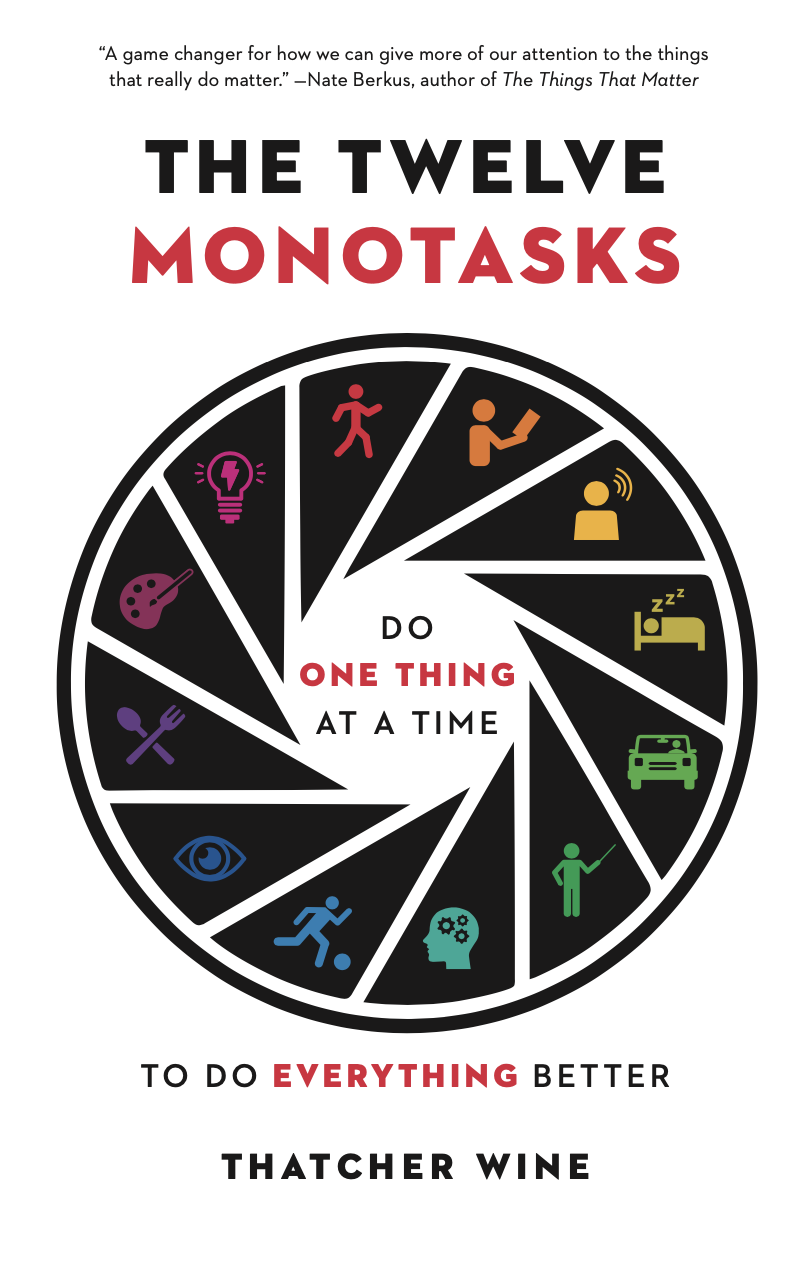In recent years, the lives we live seem to be getting busier and busier. Technology has increasingly made its way into every part of our existence — nearly everyone has powerful smartphones in their hands, pockets, or somewhere close. Economic and societal pressure has increased the need, or at least the perception, that we should always be doing and striving for more.
Like many people, I’ve tried over the years to counterbalance the busyness and stress of adult life with practices such as meditation, mindfulness, and yoga. I love these practices, but quite often, making time to meditate and go to yoga is challenging. When I’m super busy and need to get a lot of stuff done, being reminded to meditate can be annoying — even if meditating will help (which of course it will, but it’s hard to recognize that in the moment).
As a result of the tension between a busy schedule, a busy mind, and all the stress- relieving and self- improvement activities I want to do, these practices have at various times made me feel like I’m simply not very good at them — or that I’m not good at making the time they require. I started to wonder if there was another way to live a balanced life that could be practiced while we go about our daily activities, not something that was separate from them.
When I looked back at when I have been the most successful and happiest in life, I saw a common thread. It was when I did one thing at a time and really paid attention to what I was doing and who I was with. It was not when I tried to do it all at once or when I was distracted and only partially present. Even going through difficult times — cancer, divorce, closing a business — when I gave those experiences my full attention, I made it through as well as one could possibly ask for.
To be less stressed, happier, and more productive in life, I determined that I didn’t need to go on a retreat, I didn’t need to find a guru, and I certainly didn’t need to keep adding to my to‑do list.
The Twelve Monotasks started with the epiphany that if I gave my full attention to one thing at a time, I could do it well and I could enjoy it more. I needed to stop multitasking and start monotasking.
Now, if monotasking were as easy as just telling you to go do one thing at a time instead of multitasking, this would be a short and not very effective book.
The truth is, monotasking muscles need to be trained and strengthened. Our constant state of busyness and attempted multitasking have caused these monotasking muscles to atrophy, making it likely we will become distracted by the sound of one more notification or the “need” to respond to one more email. With strong monotasking skills, you can identify potential pitfalls and actively avoid them.
The way we build our monotasking muscles is to do the things that we already do every day, but to approach them with renewed focus and commitment.
Perhaps the best thing about monotasking is that it can be applied to every aspect of your life while you live it. The more you monotask, the better at it you will become — and you will be able to monotask more of your life with greater ease.
While “monotasking” may not be a household term yet, the concept is inherently familiar to us for one simple reason — we all know what multitasking is. Multitasking is when you attempt to do multiple things at the same time. Monotasking is the opposite — you do one thing at a time.
Throughout The Twelve Monotasks, I describe how to monotask in a variety of ways, but the foundational approach remains the same: Strip everything away until you have one thing left. Do that one thing with all your focus.
In order to become good monotaskers, we need to unwind and break apart our multitasking habits — everything from checking our phone notifications while having lunch with a friend, to answering emails while participating in a Zoom call, to thinking about what happened at work today while playing with our kids.
By isolating individual tasks, you’ll become aware of what it looks and feels like to pay attention to one thing. Don’t be surprised if this feels foreign to you when you first practice it. It’s a feeling we may not have experienced much in recent times.
We can elect to combine various tasks later if we choose, but when we do so, we will be equipped with a new awareness of the difference between monotasking and multitasking. The purpose of this book is not to make you feel bad about multitasking. We all live in the twenty-first century: We’re navigating rapid changes together, and we all face the same challenges.
As devices have proliferated and smartphones have become attached to us in recent years, we have the ability to do just about anything we want, anywhere we want, anytime we want. Further, we can seemingly combine as many things as we want into the same moment.
Monotasking is not about giving up our devices. It’s about making the choice for ourselves where our attention goes in every moment.







